How many times have you seen customer support “tips” that are vague and totally useless for your business?
“Be human.”
“Have a voice.”
“Be thorough.”
This is perfectly reasonable advice, but what are you supposed to do with it?
Instead of ambiguous catchphrases, let’s talk about real, actionable customer service tips that you can use to do what matters — grow your business.
1. Upsell and cross-sell (when it’s appropriate)
A customer support interaction, on its own, is not a sales opportunity.
Your first job when a customer contacts you for support is to solve their problem, to make them happy.
If you do that, there could be an opportunity to systematically grow your business through your support team while helping your customer succeed.
For it to be OK to sell in a support situation, two conditions have to be true:
A) The customer has to be happy with you.
Never try to sell a solution to an angry customer. It makes them angrier, and it makes you look bad. The customer must be happy and have positive feelings toward your company and the preceding support interaction.
B) The customer has to have an unmet need that you can help with.
You’ve solved your customer’s problem, but did the interaction reveal that there’s more value you can deliver for them?
Chris Yeh, an investor, entrepreneur, and the VP of Marketing for PBworks, shares a great example of a well-done support upsell when he called Geico for roadside assistance.
Just remember: never try to sell anything to a customer who doesn’t need it (and never try to sell anything to an angry customer). Always make sure that, first and foremost, you’re delivering awesome support. Once you have that down, it becomes much easier to do more for your customers.
2. Skip the FAQ
At Buffer, rather than use an FAQ section or knowledge base, the support team prefers to have every confused customer send a support email. And Groove says that sending better customer support emails is worth it.
Why?
Simple: if every customer found the answer to their issue online, Buffer would not know how widespread the problem is. But, when they get 55 emails about the same issue, the support team can report it to the product team, which then prioritizes improving the app to remove whatever was causing 55 customers to be confused.
Plus, emails have a personal touch that an FAQ lacks.
Chief Happiness Officer Carolyn Kopprasch explains that “we try to give our customers very few chances to find an answer without letting us feel their pain first.” This simple chart explains their process:
It’s a simple but powerful idea: spend a little more time answering questions on the front end, and improve the experiences of your customers forever.
3. Send a handwritten note
As an online business, your customers expect to get emails from you.
And with most online businesses, those emails are where customer communication begins and ends.
But what happens when you break the digital plane, so to speak?
What happens when you go beyond the emails that customers expect and surprise them through other, more traditional channels?
Think about how it feels to get an email. Then think about how it feels to get a real paper envelope in the mail, with words that someone took time and care to handwrite just for you.
It feels pretty good, and it sure sets the sender apart from every other service provider bombarding your email inbox.
Here’s an example from the team at Stride:
Personal support doesn’t have to be confined to your helpdesk. Charm your customers with something more tangible, and if your results are like ours, they’ll reward you with their loyalty.
4. Reduce customer effort
The Customer Contact Council surveyed 75,000 customers who had contacted a company for support.
What they found was fascinating: even more than “delighting” customers, what drives customer loyalty most is reducing the amount of work the customer has to do.
To apply this insight, think about how you can remove steps from whatever your customer needs to do to get their problem solved.
Do they need to follow a link and fill out a form to make updates to their account? Make the updates for them.
Do they need to return something to you? Send them the shipping label.
Do they need to take steps to troubleshoot an issue they’re having? Set up a screen share on Skype or Google Hangouts and walk them through it.
But to really go above and beyond, reduce customer effort before they even reach out to you.
I use WP Curve (now GoDaddy) to manage my WordPress blog. They handle tasks like updating plugins, making sure that integrations are installed correctly, and fixing all of the CSS that I’m great at breaking. Most of the time, I don’t even have to ask for help, because they send me emails like this one:
They do the work, and it takes me zero effort to get more value out of my relationship with them. That’s why I’m a happy, loyal customer.
5. Use reciprocity to increase retention
There’s a powerful psychological concept called reciprocity. The idea is that if someone does something nice for us, we’ll probably do nice things for them, and vice versa for people who do mean things to us.
It seems like a ridiculously simple concept, but it actually plays a huge role in our daily lives.
One study observed that when restaurant waiters delivered candy to diners along with their checks, tips went up.
What’s more, when the waiters came back afterward with extra candy, the tips got even bigger.
The researchers attributed the response to the power of reciprocity.
You can harness the power of reciprocity in your support interactions to deepen your relationship with your customers (and make them more likely to continue doing business with you).
All you have to do is think about what “candy” they might appreciate. How about an e-book, a free guide, or a credit to their account?
It can be small, but the key is that it has to be a nice surprise. Offer it at the end of your support interactions, and your customers will reciprocate by doing nice things for you.
6. Identify, track, and act on your “Red Flag” metrics
When we looked at our onboarding metrics, we found there were two metrics that seemed to be the most significant in the first 30 days after a user signs up — length of first session and frequency of logins.
We found a large difference between the behavior of our churning users and the behavior of those who continued to use our service.
There was a difference in the total number of logins as well (and I’d recommend tracking it), but it wasn’t as disparate as the other two, so we focused on those.
Looking at one cohort, the average user who did not quit after 30 days spent 3 minutes and 18 seconds using our service in their first session, and they logged in an average of 4.4 times a day. The average user who quit spent 35 seconds in their first session, and logged in an average of 0.3 times per day.
That’s a massive chasm.
We began to send targeted emails to users who spent less than 2 minutes in their first session, as well as to those who (regardless of first session time) logged in fewer than 2 times a day in their first 10 days.
The first group was offered help setting up their mailbox:
That email got a 26% response rate, and more than 40% of the users who walked through their signup with us were still customers after 30 days.
The second group — many of whom had already set up a mailbox but had simply tapered off usage afterward — received a slightly different email, this time offering a personalized strategy session:
The response rate on this email was just over 15%, and nearly 50% of those users remained after 30 days.
In fact, the success of both of the campaigns has led us to implement similar tactics for onboarding all new users.
Look at your metrics and find the disparities between your most engaged users and the ones who’ve quit. Then, use what you learn to identify at-risk users, and get involved with them right away.
(More on Red Flag Metrics here)
7. Feed your customers’ cravings
How do you react when one of your close friends calls?
Do you robotically ask them how you can help? Or do you ask them how their day was (and mean it)?
Derek Sivers founded CD Baby, one of the most storied online music sites in the history of the web. Well before Zappos existed, CD Baby built their success on amazing customer support.
Sivers shared a story about how they leveraged every support interaction to deepen their customer relationships.
Conclusion
While many people think of customer support as a cost of doing business, the numbers don’t lie: customer support pays off.
One Bain study found that increasing customer retention rates by 5% can increase business profits by 25% to 95%.
By using the strategies above, you can be on your way to achieving profits like that for your own business.
About the Author: Len Markidan shares customer service tips to help small businesses increase retention, loyalty, and revenue at the Groove Customer Service Blog. You can also follow him on Twitter.

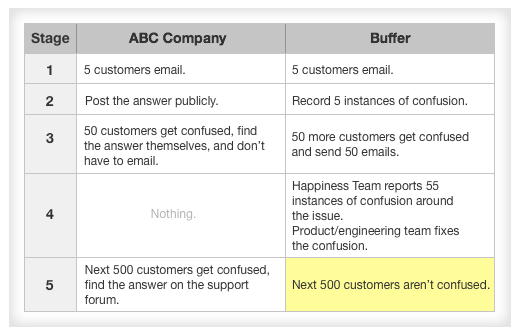
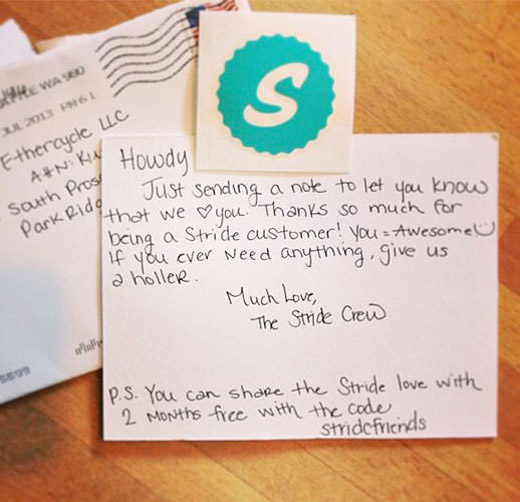
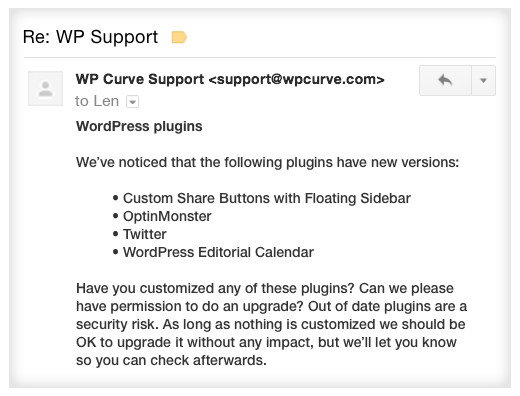
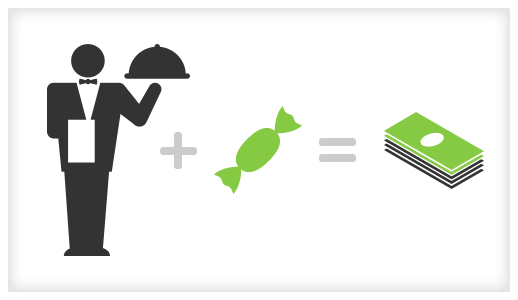

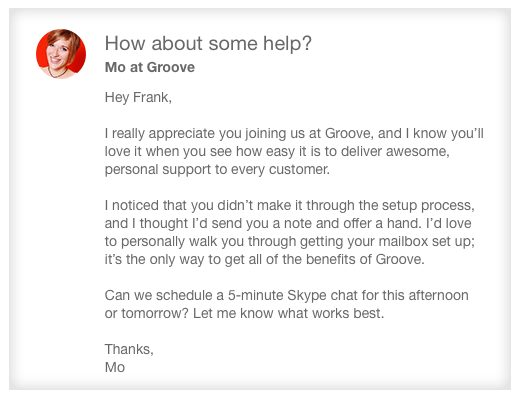
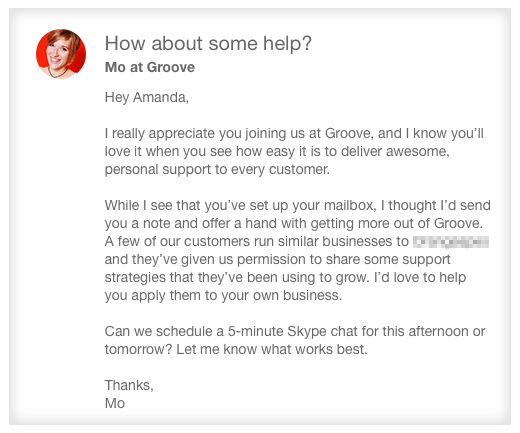
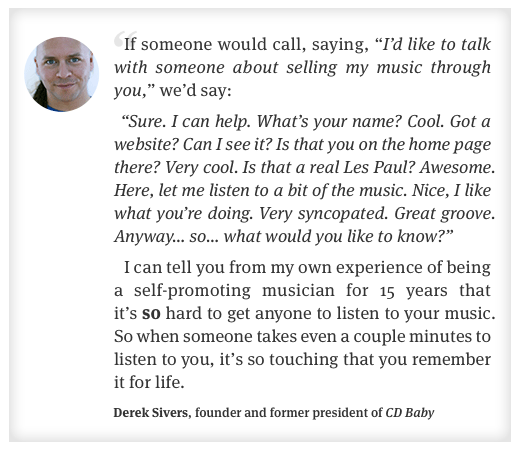
Comments (7)